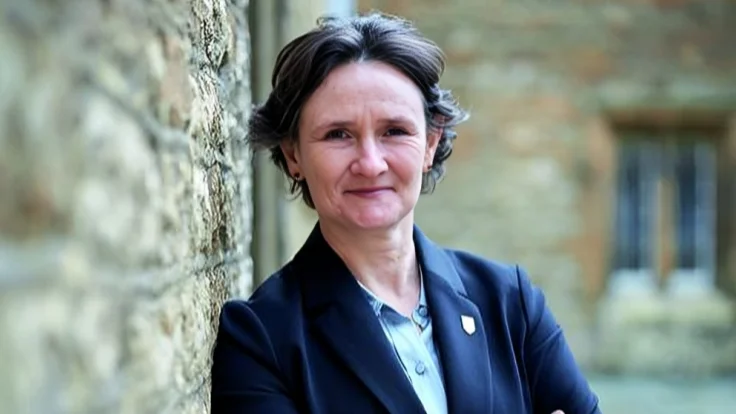Researchers have discovered that the physical environment surrounding cancer cells can trigger significant changes in their behavior, according to a new study led by Miranda Hunter of Memorial Sloan Kettering Cancer Center and Richard White of Ludwig Oxford. The study, published in Nature, used a zebrafish model of melanoma to investigate how tumour cells respond when tightly confined by surrounding tissues.
Traditionally, scientists have believed that epigenetic modifications—changes in DNA packaging rather than mutations—arise from internal cellular processes or biochemical signals within the tumour microenvironment. However, this research indicates that mechanical forces also play a central role in driving these modifications.
The team found that under physical confinement, tumour cells stop dividing rapidly and instead activate a program known as ‘neuronal invasion’, allowing them to migrate into nearby tissue. This process is linked to HMGB2, a DNA-bending protein that responds to mechanical stress by binding to chromatin and exposing genes associated with invasiveness. Cells with high levels of HMGB2 were shown to become less proliferative but more invasive and resistant to treatment.
In addition, melanoma cells adapt structurally by remodelling their internal skeleton and forming a cage-like structure around the nucleus. This adaptation involves the LINC complex—a molecular bridge connecting the cell’s skeleton to its nuclear envelope—which protects against rupture and DNA damage caused by external pressure.
Richard White commented: "Cancer cells can rapidly switch between different states, depending on cues within their environment. Our study has shown that this switch can be triggered by mechanical forces within the tumour microenvironment. This flexibility poses a major challenge for treatment, as therapies targeting rapidly dividing cells may miss those that have transitioned to an invasive, drug-resistant phenotype. By identifying the factors that are involved in this switch, we hope to able to develop therapies that prevent or even reverse the invasive transformation."
The findings underscore how physical cues within tumours influence cancer cell growth and invasion by altering their cytoskeleton, nucleus, and chromatin architecture. The research suggests that mechanical stress is an important driver of epigenetic change in cancer cells.

